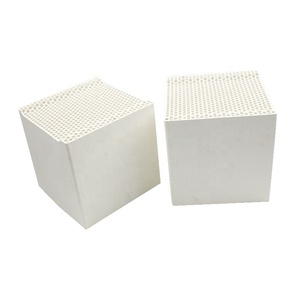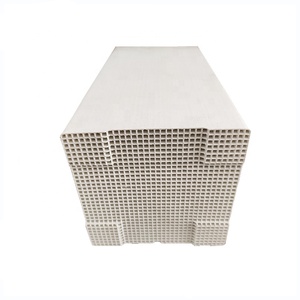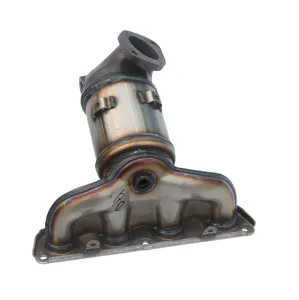




























































Related Searches:









































































































































Top categories
About ceramic monolith for catalytic converter
Understanding Ceramic Monolith for Catalytic Converters
Catalytic converters are essential components in the automotive industry, playing a pivotal role in reducing harmful emissions from vehicles. At the heart of these devices lies the ceramic monolith catalyst substrate, a highly engineered material designed to facilitate the conversion of exhaust gases into less harmful substances. This introduction delves into the intricacies of the ceramic monolith for catalytic converter, outlining its types, applications, features, and materials.
Types and Applications
The ceramic monolith catalytic converter comes in various shapes and sizes, tailored to a wide range of vehicles. Whether it's for a compact car or a heavy-duty truck, the ceramic monolith is the core element that ensures the effective treatment of exhaust gases. Its applications span across different vehicle brands and models, highlighting its versatility in the automotive sector.
Features and Materials
A ceramic monolith for catalytic converter is characterized by its honeycomb structure, which provides a large surface area for the catalytic reaction to occur. Made from durable ceramic materials, it is designed to withstand high temperatures and chemical reactions taking place within the converter. The material's robustness ensures longevity and consistent performance in various operating conditions.
Advantages of Ceramic Monoliths
Opting for a ceramic monolith catalytic converter substrate comes with several advantages. Its thermal stability ensures it can cope with the high-temperature environment of vehicle exhaust systems. Moreover, the structure of the monolith allows for optimal flow of gases, ensuring efficient catalysis. The design also contributes to the reduction of back pressure, which can enhance vehicle performance.
Selection and Compatibility
Choosing the right ceramic monolith catalyst substrate is crucial for ensuring compatibility with a specific vehicle's system. The selection process involves considering the dimensions, cell density, and composition of the monolith to match the vehicle's requirements. Compatibility is key to achieving the desired emission reduction and maintaining the vehicle's efficiency.
Environmental Impact
The use of a ceramic monolith for catalytic converter is not only beneficial for vehicles but also for the environment. By effectively reducing toxic emissions, ceramic monoliths contribute to cleaner air and a reduction in the overall environmental footprint of automotive transport. This aligns with global efforts to mitigate the impact of pollutants on the atmosphere.


























































